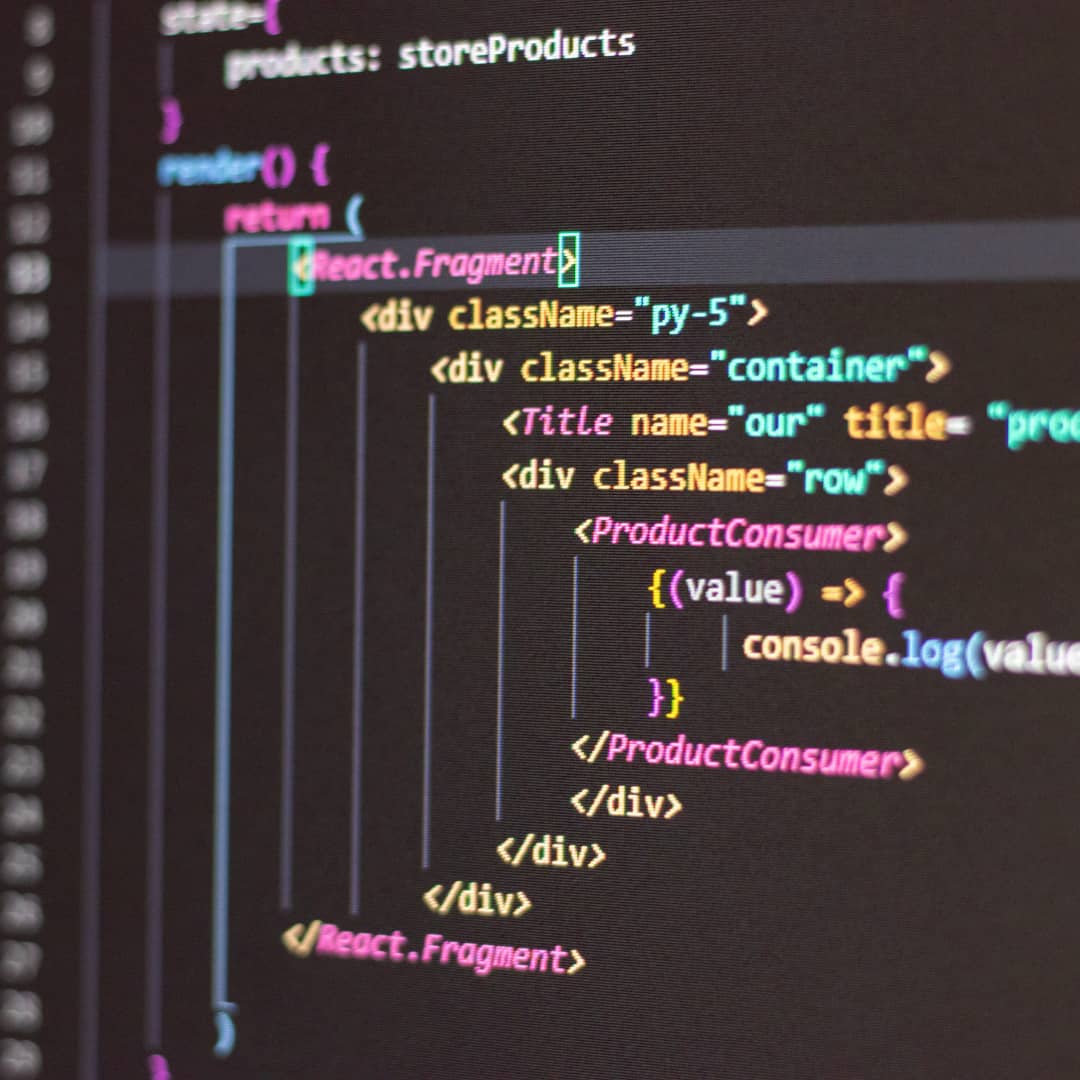Software Services
For Companies
For Developers
Portfolio
Build With Us
Get Senior Engineers Straight To Your Inbox

Every month we send out our top new engineers in our network who are looking for work, be the first to get informed when top engineers become available

At Slashdev, we connect top-tier software engineers with innovative companies. Our network includes the most talented developers worldwide, carefully vetted to ensure exceptional quality and reliability.
Build With Us
Comparing SolidJS and React: A Comprehensive Comparison/


In this article, we will be examining the differences between SolidJS and React, two popular frameworks, in terms of their performance, component functionality, and developer productivity. SolidJS is known for its impressive speed and avoidance of virtual DOM manipulation, while React has become a well-established industry standard. We will explore how these frameworks compare and which one may be more suitable for certain projects.
SolidJS and React share many similarities at first glance. They are both client-side frameworks that allow for the creation of single-page applications (SPAs). While the developer experience is similar between the two, the underlying mechanisms of each framework differ significantly.
Both frameworks serve the purpose of breaking down an application’s webpage structure and functionality. However, when manipulating HTML elements on a page in a browser, these frameworks differ in their approach to delivering the desired user experience. The key difference between SolidJS and React is how they use the Document Object Model (DOM) to accomplish this.
In this article, we will delve deeper into how SolidJS and React components enable application logic to emulate a multi-page website. By examining their similarities and differences, we hope to provide a better understanding of the strengths and weaknesses of each framework and how they can be applied to different types of projects.
Component Structure
The structure of components in React and SolidJS is identical, with both frameworks supporting individual, reusable pieces of code.
Both modern React and SolidJS utilize a render function with properties as arguments to create a component. The code is concise and straightforward when combined with JSX. Experienced developers can describe a component’s model visually in its definition, thanks to the ease of understanding JSX.
While both frameworks offer the same components, they have different rendering approaches. React components render every time (unless memoization is used), whereas SolidJS components only render once.
In addition to their unique rendering approaches, React and SolidJS also have different features that facilitate component functionality.
By examining the similarities and differences between these two frameworks, we hope to provide a better understanding of how they work and how they can be used effectively in various projects.
Component Functionality
Hooks and reactive primitives in React and SolidJS respectively serve as a means to tap into their change management systems. In general, both frameworks manage component functions in a comparable way, but with distinct methods or terminologies.
State
State refers to the ability of a framework to keep track of information and specific properties linked to a component. In React, this functionality is provided by the useState function. In contrast, SolidJS uses the createSignal function to create signals that serve the same purpose.
Both states and signals hold component data in the form of props, allowing the framework to track changes in values. When a change is detected, the component is rendered with the appropriate value(s).
Effect
Effects are a crucial element in both React and SolidJS, serving as a fundamental building block. Rather than responding to a direct user interaction with the browser, an effect is triggered when a component state changes, similar to a callback or event listener.
React implements effects through the useEffect function, while SolidJS uses createEffect to achieve the same result.
Performance
The dissimilarities between SolidJS and React extend beyond their memoization approaches and into how they manipulate HTML. The core of this contrast lies in how each framework updates the browser’s Document Object Model (DOM).
React’s creator developed a lightweight virtual DOM as a mediator between React’s code and the browser’s actual DOM. As components render, React’s code causes its virtual DOM to update. React then compares the updated virtual DOM to the browser’s DOM, and any changes detected are applied to the actual page structure.
Arguably, React performs its tasks twice since it re-renders components by default and relies on DOM difference computations for updates. Consequently, React needs memoization to avoid repetitive, unnecessary computations.
In contrast, SolidJS employs fine-grained reactivity to manipulate the browser’s DOM directly. This mechanism tracks variable interdependencies and restricts page structure updates to reflect only what has changed based on variable dependency and edit chains. This circumvents redundant component renders, resulting in a faster application of page edits and injected code and a smaller memory footprint than React.
While SolidJS appears to be the clear winner in terms of speed, it’s essential to consider how the two frameworks compare in terms of developer efficiency.
Developer Productivity
When comparing the developer productivity of React and SolidJS, there are several important factors to take into account:
| Objective | React | SolidJS |
| Identifying and tracking component dependencies | ✔ Manually tags component dependencies with useEffect. | ✔ Automatically detects and tracks component dependencies. |
| Destructuring properties within render or hook definitions | ✔ Supports this feature. | ✘ Does not support this feature out of the box, but this utility project bridges the gap. |
| Using state components without markup | ✔ Requires more scripting to implement a shared state between multiple components. | ✔ Supports this efficiently and natively. |
Which is better?
Comparing SolidJS and React, I have extensive experience with both frameworks and in my view, SolidJS comes out on top. SolidJS offers equivalent power and advanced features to React, while delivering unparalleled responsiveness for end-users.
For developers who are familiar with React’s structure and abstract approach, transitioning to SolidJS is almost effortless, with little to no learning curve. My recommendation is to begin using SolidJS today as it may very well represent the future of front-end development.
